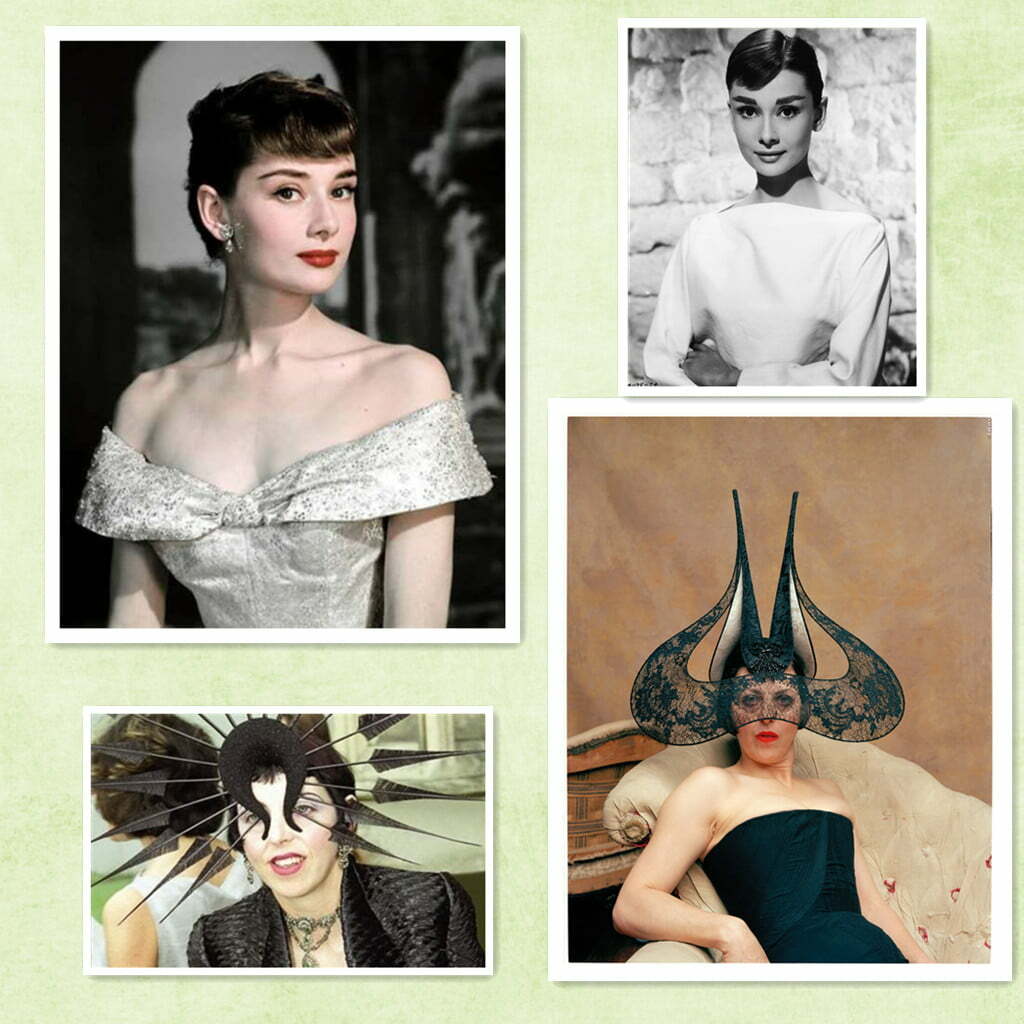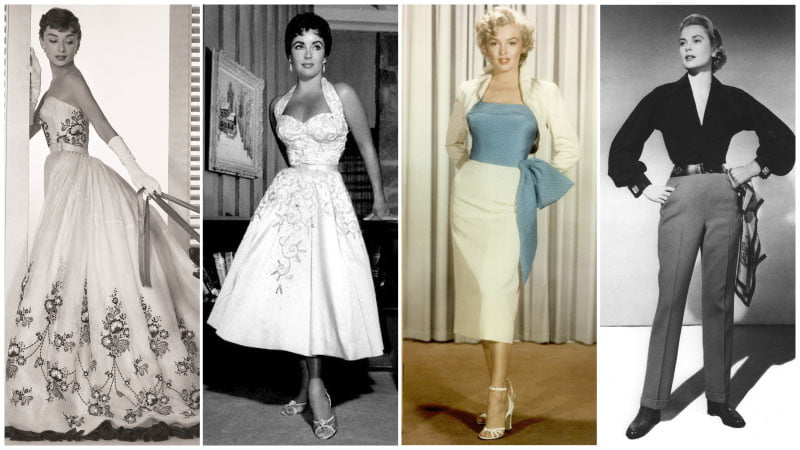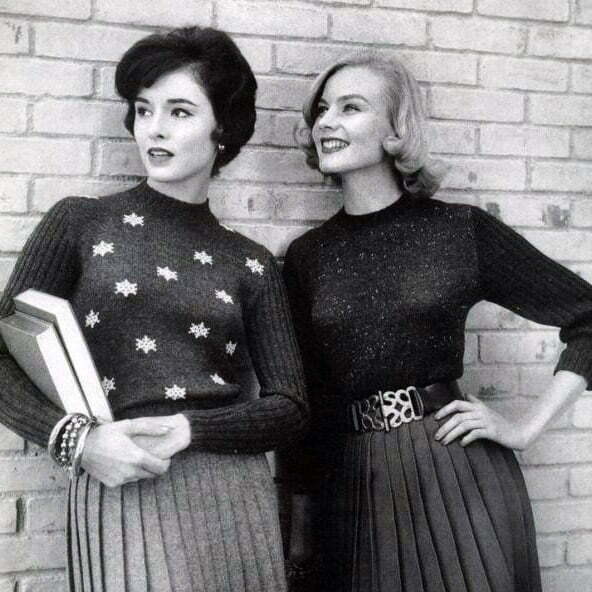Types of Petticoat Guide-How do I Make my Dress look Fluffy?
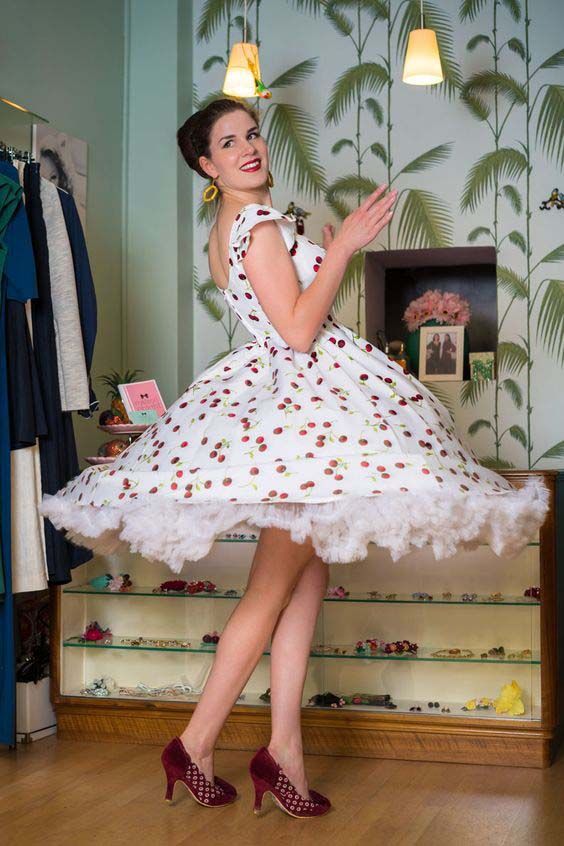

vintage-retro Yellow Dress Retro Lapel Swing Knee Length Dress
From $18.99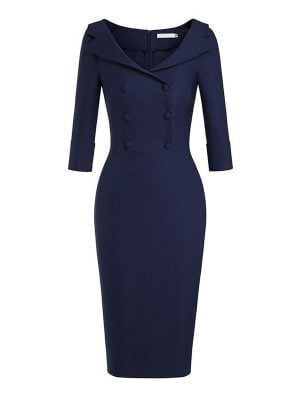
Pencil Dress Vintage Solid Color Double Breasted Wiggle Dress
$36.98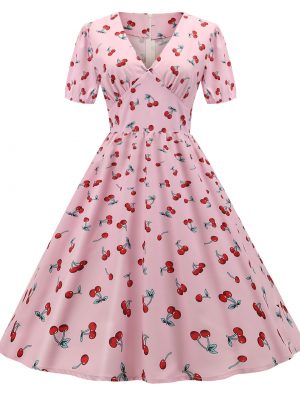
1950‘s Dresses ’Puff Sleeve Pink Cherry Print Dress
$29.99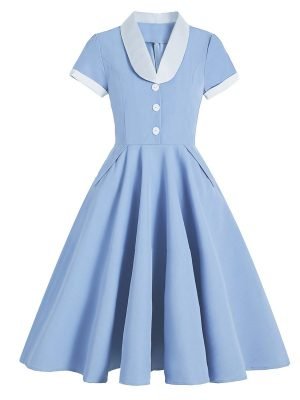
1950s Blue Dresses Short Sleeve Pockets Swing Dresses
$38.99
1950s Dress Plaid Polo Collar Waistband Midi Swing Dresses
$38.99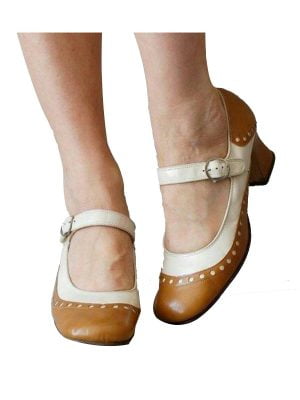
Mary Janes Pumps Round Toe Adorable Buckle Vintage Shoes
$33.99
Hepburn Style Tea Dress Sleeveless Solid Color Midi Dress
$27.99
50s Dresses Ruffled Sleeve Polka Dot Knee Length Swing Dresses
$30.99The Petticoat has a variety of meanings to different people of different cultures. To the English, it is described as something which hangs from either the shoulder or waist and falls loosely on the body, while the Americans describe it as an undergarment or underskirt which hangs loosely around the body, starting from the waist.
The Petticoat dates back as early as the 14th century and at the time, it was worn by both men and women, not as undergarments, but as clothing to be seen. In the 14th century, it was called the petticotes, however the word petticoat was derived from the fusion of two middle English words pety and cote, meaning a small coat.
From the 15th century it became an undergarment worn by women starting in England. It was made from either; cotton, silk or cambric, it was designed to give warmth and protection to the body, especially during winter, to conceal the legs as these were very modest times, provide a distance between unclean bodies and outer clothing, and finally, provide a bell-shaped structure for dresses and emphasize the trending silhouette of the time.
How Many Types of Petticoat are there?
There are numerous types of petticoats for different types of outfits. Petticoats for Indian sarees and wedding dresses are the most popular in modern times. These petticoats are made in different styles and patterns.
- The fishcut petticoat for sarees: Sarees can be quite loose fitting. This fishcut style has a way of hugging the figure and giving the saree a body defining look.
- Layered petticoat: This style is properly fitted until it reaches the knee and pops out if a flare. It’s amazing under wedding dresses and sarees.
- A-line cut: These petticoats give a lot more volume to dresses. They hold tightly around the waist and drop in an A-cut towards the ankle.
- Double hoop petticoat: This is suitable for small A-cut dresses, giving it a smaller and more defined flare than the A-line cut.
- Triple hoop petticoat: This gives A line dress a smaller flare than the double and single hoop.
- Train petticoat: This has many hoops and steps, specially made for train dresses.
- Double hoop mermaid petticoat: this is suitable for dresses with slim bodies and a small train.
- Six hoop petticoat: This is suitable for a ball gown. The well positioned hoops provide enough allowance for the ball gown to stay positioned far away from the body. This gives the dress a well rounded outline.
- One hoop narrow mermaid petticoat: Suitable for a mermaid or fishtail dress. The single hoop at the ankle gives the dress a proper flare.
- Double hoop train petticoat: This suite a train dress with medium length train.
Can I Use a Tutu as a Petticoat?
Using a petticoat is all about definition. The choice of what petticoat to use is determined by the type of dress being worn.
Using a tutu as a petticoat is generally not advisable as the tutu does not give a proper shape for a petticoat. The tutu is also not made from the proper material as the petticoat, making it difficult to properly hold a dress in place.
What is the Difference Between a Petticoat and Crinoline?
A crinoline is often referred to as a petticoat with tougher material. While the petticoat is made from cotton, and soft chiffon, the crinoline is made full and firm. Both the petticoat and crinoline have a lacy bottom. Although the terms are used interchangeably, they are quite similar but different and are used for practically the same purpose.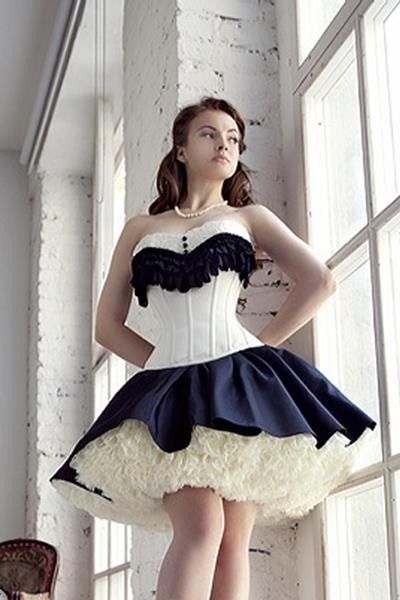
Crinolines are a lot more suitable for humid environments. They are a lot more transparent than the petticoat. The petticoat with its wires and cotton is suitable for a cold weather. The crinoline is made with limited amount of material. Sometimes, the only fabric seen on the crinoline is at the bottom. The rest of it is simply a connection of strings, ropes or wires.
What Fabric is used for Petticoats?
- Cotton: The most popular fabric used in making undergarments. Cotton has been used for centuries in the making of petticoats. The most popular cotton fabric for petticoats is the muslin. It comes in two forms; the stiff or hard muslin and the high-quality muslin. The stiff muslin is not meant to be used for petticoats. Another cotton fabric used in the making of petticoats is the broadcloth. The broadcloth resembles the muslin but has its difference. Although 100% broadcloth is hard to find, the most popular is the polyester blend which is heat absorbent and not as good as the 100% broadcloth.
- Silk: This has always been a luxurious fabric. In early times, silk petticoats were quite popular. They were heavy and could hold in heat but they gave dresses a remarkable swish appeal. In modern times, faux silk is more advisable for petticoats. They are a lot lighter and more hear resistant.
- Wool: Although wool is the least common fabric used for petticoats, it was suitable for cold weather. It performed the function adequately, with less aesthetic appeal.
- Linen: This is the next best thing to cotton. It comes in two types. The basic and the tighter weaves. For the making of a petticoat, the ticgter weave is a lot better because it does not permit excessive stretching.
When did Petticoats Go Out of Style?
The petticoat has been revived on several occasions after its official departure in the 1960s.
Fashion recycles so it does not come as a shock that after it got out of style on the 60s, it came back new and improved in the 70s and 80s as an experiment with the mini-crini.
How do you Make Homemade Petticoat?
Before making a petticoat, you have to decide what length and what pattern you would be making, how many hoops and what length.
First you would need to take a measurement of yourself, and then measure the right amount of Tulle or fabric you will be using.
Measure out the ribbon you would be using for a waist band and cut.
Next, you would need to join your fabric together. The safest way to do this without mistakes is to pin the edges of your fabric to the folded ribbon. This should be done round the waist and at the bottom of the petticoat.
Haven done these successfully, your petticoat should be ready to wear.







